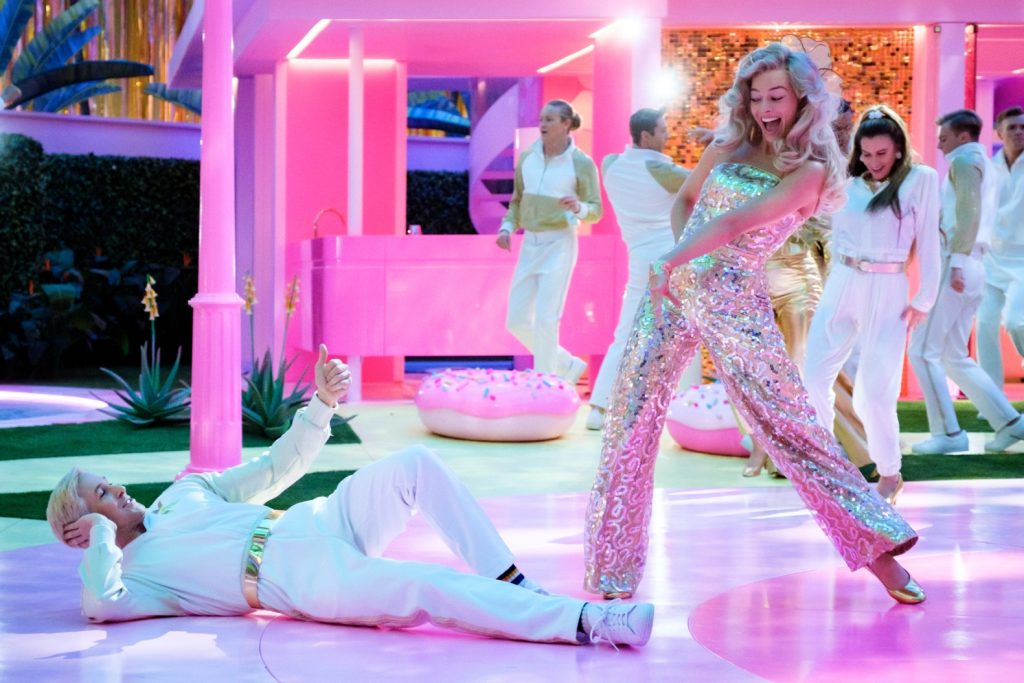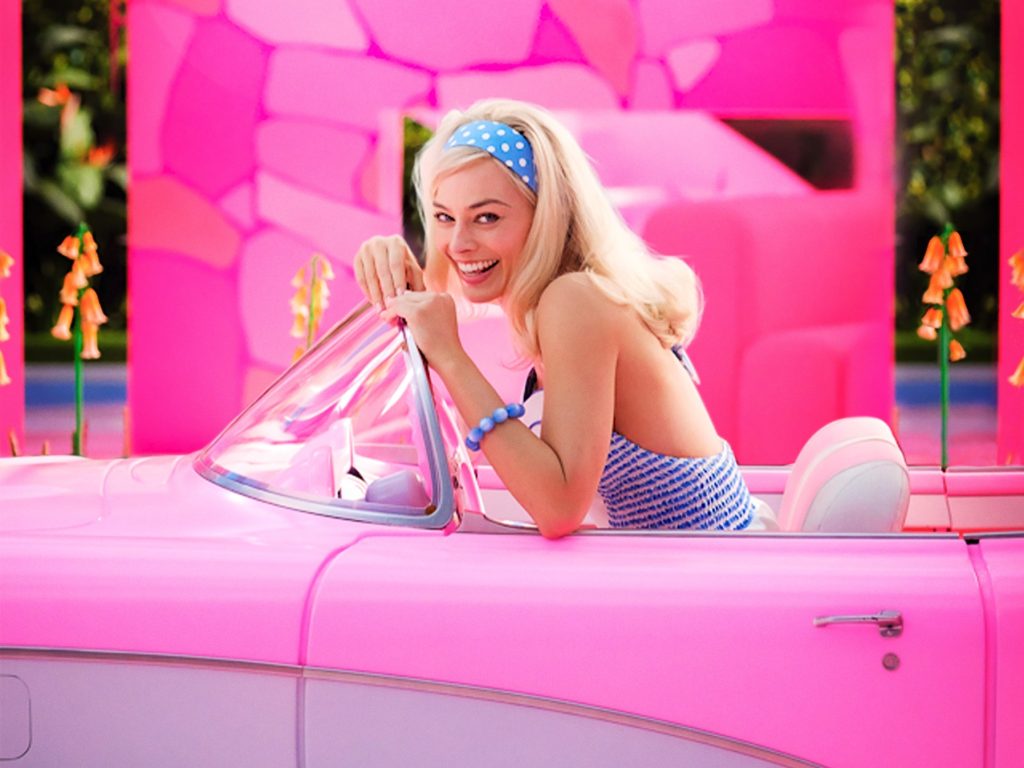Barbie Enigma
In the kaleidoscopic cosmos of pop culture, have you ever allowed your mind to swim in the profound depths of the lyric “Life in plastic, it’s fantastic”? Many of us, admittedly, mindlessly hum along without a second glance. Yet, in our world of rapid metamorphosis, where the contours of gender roles and societal norms continuously evolve and reshape, these words carry a strikingly fresh significance.
We are perpetually engulfed in conversations that interrogate these norms – discussions about feminism, gender equality, and male perspectives, which stir our yearning for a society where happiness, peace, and equal rights are tangible realities – much like a world fashioned from plastic, both incredulous and mesmerizing. This leads us to question: does this utopian vision outshine our reality, or is it a tantalizing illusion?
The Barbie movie, under the visionary direction of Greta Gerwig, is not just an ordinary film, but a compelling opus that quenches the societal thirst for meaning. We eagerly anticipated a Barbie who would challenge conventions and shatter glass ceilings. However, the film ascends even higher, delicately weaving together veiled messages laced with ingenious wit and creativity.

The story unfurls with the character Barbie, incarnated with an unwavering finesse by Margot Robbie. In all honesty, her moniker alone, “Stereotypical Barbie,” encapsulates a world of societal preconceptions. With her flawless skin, ethereal slender physique, and radiant blonde hair, Barbie is the quintessence of perceived beauty. Yet, her passage into reality strips her of her infallibility as she grapples with the challenges of walking without tip-toeing and the unexpected discovery of cellulite. As she navigates these obstacles, Barbie wrestles with an unfamiliar unease she eventually identifies as anxiety, thereby unmasking the absurdity of societal beauty standards. As Laura Mulvey, a renowned feminist film critic, astutely noted, cinema has frequently manipulated gender power dynamics for viewer’s pleasure, tracing back to deeply entrenched patriarchal ideologies within the film industry.
This revelation thrusts us into the heart of a pivotal question: Why do we repeatedly encounter the same female archetypes across the decades? The hour has arrived for a tidal shift, a movement that allows novel narratives to breach the surface. Gerwig’s Feminist Barbie stirs the waters, sparking discourse across the spectrum. It boldly surpasses the objectification of sexuality, journeying into the intricacies of modern society.

In one striking scene, we observe the male-dominated Mattel head office engaging in fervent debates over the conception of the ideal Barbie for impressionable young girls. The irony is as rich as it is impossible to overlook. Gerwig’s genius is showcased in this thought-provoking scene, reflecting the skewed power dynamics that continue to plague our society while providing potent fodder for reflection.

Throughout the film, we meet a cornucopia of Barbie and Ken embodiments, each personifying different characteristics, vocations, and gender roles. The term “diversity” may not completely encapsulate it, but we are treated to a range of body types, occupations, and gender portrayals. Enter Allan, initially presented as a mere acquaintance of Ken. Allan’s importance is revealed when Barbie unfurls a banner featuring him (played by Michael Cera), with the caption “There’s only one Allan.” This distinct portrayal gains substantial weight when we reflect upon the LGBTQ+ community, which is an integral part of our societal tapestry. Notably, there is only one Allan throughout the film. Gerwig, through this creative decision, challenges gender norms and stereotypes, simultaneously serving as a beacon for minority groups and shedding light on systemic issues within our society. Her courageous advocacy for women’s rights and her audacious spotlight on the trials of marginalized groups within our community underline her determination and dedication.

Now, let’s redirect our focus to Ken, brought to life with exquisite skill by Ryan Gosling. Ken is the living embodiment of the stereotype of a blond-haired, blue-eyed Adonis. Initially smitten with Barbie, his longing for her affection is palpable. In Barbieland, Ken is reduced to the label of “just Ken.” His worldview undergoes a radical transformation when he steps into reality alongside Barbie. In this newfound space, he discovers that power is often intertwined with physical prowess, a stark contrast to the effervescent utopia of Barbieland. Encouraged by this revelation, Ken returns to Barbieland with aspirations of forging his own dominion. As the film approaches its denouement, Ken’s feelings toward Barbie morph into a melange of sadness and anger. Feeling unappreciated and unloved, he acts out of desperation, fueled by his insecurities and a yearning for acceptance. Once again, Gerwig masterfully dissects and critiques entrenched gender roles and clichés.

Barbieland, a domain drenched in vibrant hues, dazzling aesthetics, and an unyielding quest for perfection, cleverly camouflages issues rampant in both fantasy and reality. The Barbie movie challenges stereotypes, champions gender fluidity, and advocates acceptance of marginalized groups, all while interlacing humor and sharp wit. With its star-studded cast, stunning visuals, and delightful sense of humor, this film has mesmerized audiences worldwide.
Now, prepare to be immersed in the mesmerizing soundscape of our curated playlist inspired by the Barbie movies. Crafted to instill a sense of confidence, empowerment, rhythm, and sensory delight, it’s the perfect musical companion to keep the magic of Barbie alight.